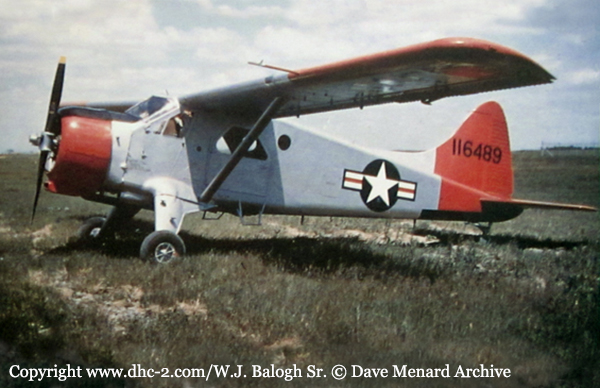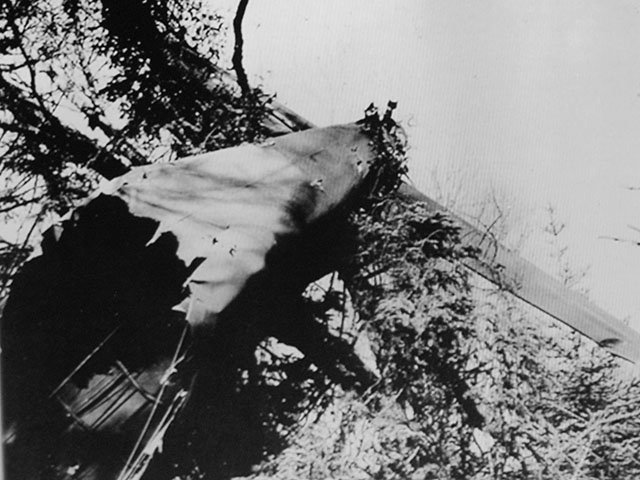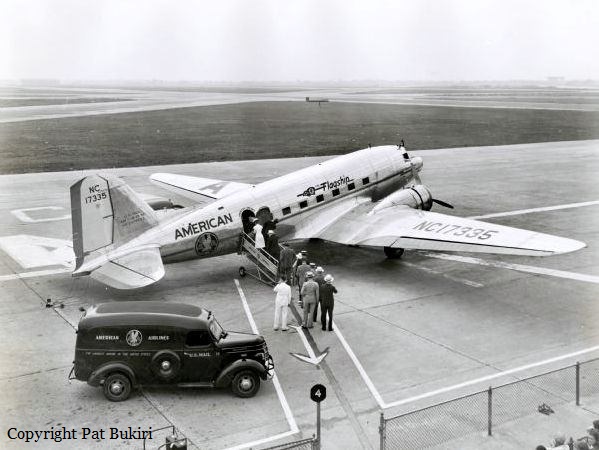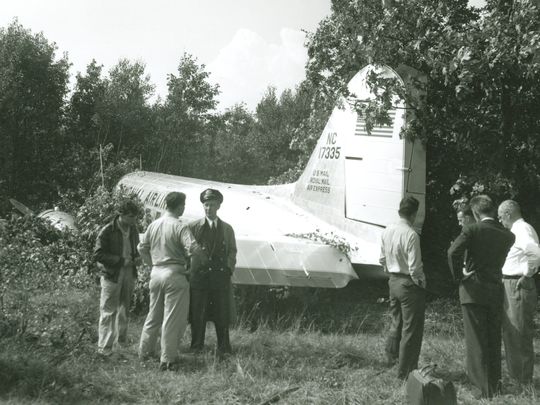Crash of a Cessna 411 in Burlington: 4 killed
Date & Time:
Dec 15, 1972 at 2006 LT
Registration:
N111DS
Survivors:
No
Schedule:
Newark - Burlington
MSN:
411-0042
YOM:
1964
Crew on board:
1
Crew fatalities:
Pax on board:
3
Pax fatalities:
Other fatalities:
Total fatalities:
4
Circumstances:
While on an NDB approach to Burlington Airport by night, the pilot descended below the MDA when the twin engine airplane hit tree tops, stalled and crashed in flames in a wooded area located in Winooski, about 1,5 mile short of runway 15. The airplane was destroyed by a post crash fire and all four occupants have been killed.
Probable cause:
Improper IFR operation on part of the pilot. The following factors were reported:
- Low ceiling,
- Snow falls,
- High obstructions,
- Visibility below minimums,
- Hit trees approximately one mile from outer marker during a NDB approach.
- Low ceiling,
- Snow falls,
- High obstructions,
- Visibility below minimums,
- Hit trees approximately one mile from outer marker during a NDB approach.
Final Report:









